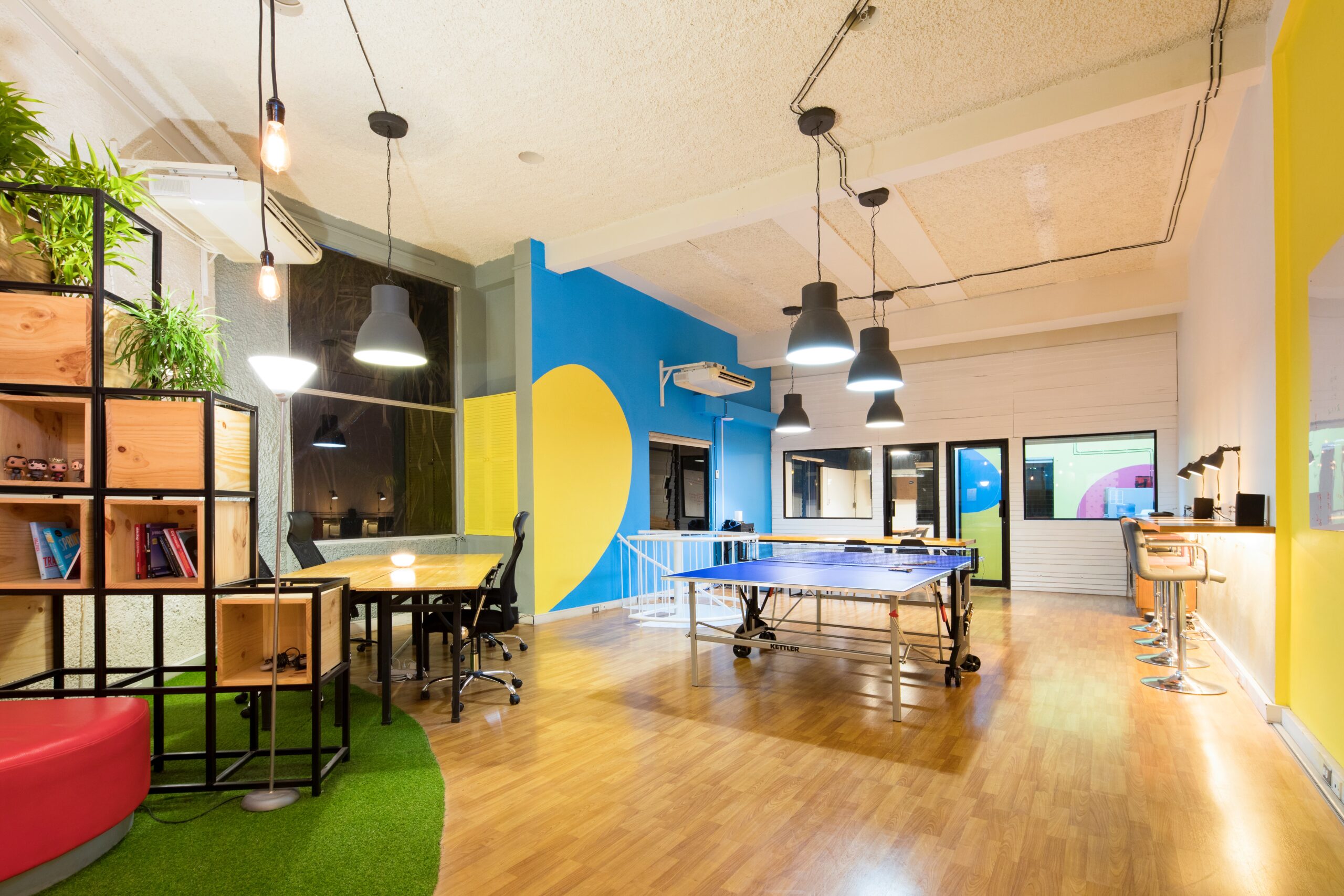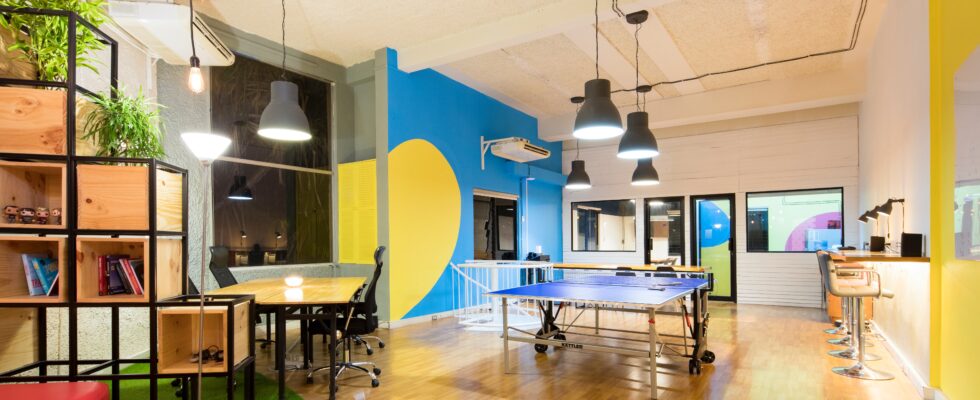
The office has gone through enormous transformation in recent decades. Workplaces have evolved from traditional individual office rooms to floors of cubicles, through to open plan spaces and hotdesking. As people have worked longer hours and spent more time in the office, many businesses added “chillout” zones, games rooms and even Google’s infamous slides to make the workplace more of a home-away-from-home.
Now that people are working from home, and there are new hygiene requirements for workplaces and public spaces, many of these features are no longer necessary or practical. So how will we model our future offices?
Hybrid-enabled
The workplace of the future will be a hybrid one. This means workforces that combine local and remote workers, people on different shifts, maybe working permanently from home or alternating office days each week. Instead of a single boardroom with a videoconferencing device, entire offices will be video-enabled. This has implications for design in terms of lighting and acoustics. Employees will be equipped with professional grade headsets and cameras on all devices.
Hygiene-focused
Hygiene will continue to be a significant consideration in workplace health and safety. Contactless technology will be pervasive, from bathroom taps to visitor sign-in, through facial recognition, motion detection, QR code scanning and voice activation. Effective ventilation systems, to reduce disease transmission, will also be critical. New materials that resist bacteria and self-cleaning surfaces will be introduced, and cleaning will be more frequent and meticulous. Meetings will be scheduled with sufficient time in between to allow for cleaning.
More spacious
Social distancing rules are likely to endure, with people’s comfort level around crowding also altered since COVID. Small meeting booths with half a dozen staff crammed in shoulder-to-shoulder around a small table, because a larger space wasn’t available, will no longer be an option. Having a hybrid workforce may make this easier, as with fewer staff on premise, businesses will have extra space to work with.
Technology pervasive
Technology will play a much larger role in the office of the future and in systems and workflows. Hybrid workforces will further drive the vision of the “paperless office” and digital transformation/cloud migration to enable accessibility and collaboration for distributed workforces. As McKinsey notes, “Always-on videoconferencing, seamless in-person and remote collaboration spaces (such as virtual whiteboards), and asynchronous collaboration and working models will quickly shift from futuristic ideas to standard practice.”
Culture & collaboration
One of the biggest pain points of remote working has been the loss of the “water cooler” and concerns over eroding company culture. Fostering a strong sense of team-ship and collaboration will be critical, particularly as company culture is key to talent attraction and retention. This will be done through a combination of collaboration platforms, such as providing chat channels for employees, hardware, such as high end telepresence solutions, and configuring offices to enable safe socialising.
Axiom suggests that “deep, focused work can now be done at home, and that this can redefine the workspace as a hub for social connection, incidental conversation and collaboration“. Even before COVID, a Flexjobs survey found that 65% of people believed they would be more productive in a home office, largely due to fewer distractions and interruptions. Half of respondents said they worked from home when they “really needed to get something done”.
So a significant shift in office design may see offices take on a more social role, with a focus on networking, face-to-face and team-building, while individual work tasks are completed remotely. Open plan floors may eventually evolve into hygienic, collaborative meeting and conference rooms, with less individual workstations needed.
By Andy Hurt, Managing Director ANZ, Poly
This article was first published by AusBiz
